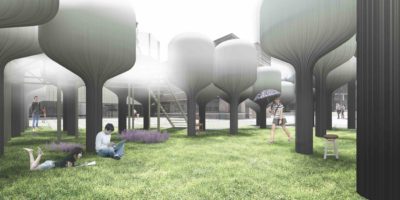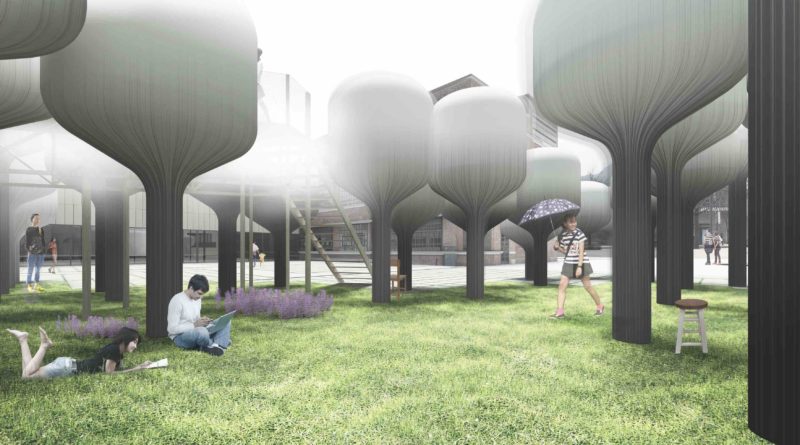REVIEW: 2016 MoMA exhibitions varied in style, impact, technique

NEW YORK — The Museum of Modern Art in Midtown Manhattan hosted a wide variety of exhibitions and artists’ work in 2016. The esteemed institution brought Edgar Degas’s monotypes to the masses and celebrated Toyo Ito’s architectural design. Avant-garde magazines from the 1920s were put on display, and Ernie Gehr received a well-deserved premiere.
Walking MoMA’s hallowed hallways and ascending those interlocking escalators, visitors had the chance to see some of the best, most introspective and thought-provoking art of the last 100 years. Here are some highlights.
Ernie Gehr: Carnival of Shadows — This cinematic exhibition, which filled the lobby area of the movie theaters at MoMA, featured the world premiere of Carnival of Shadows, an experimental piece by Ernie Gehr, which uses the movements of a shadowgraph toy from the early part of the 20th century. Like many of MoMA’s cinematic offerings, it was best to sit in the middle of the multiple screens and soak in the visuals, trying to connect the dots and experience the full effect.
Edgar Degas: A Strange New Beauty — The Edgar Degas exhibition was one of MoMA’s best of 2016 and one of the best of any museum offering this year. A Strange Beauty focused on Degas’s monotypes, an artistic medium that saw images produced after black ink was applied to a metal plate. Much of the joy in the exhibition was viewing the contrast between the relatively small monotypes and the larger pieces from Degas’s impressive body of work. MoMA highlighted the artist’s skill at “wiping, scraping, scratching, fingerprinting, and rendering via removal.” The subjects of his monotypes were varied and often featured behind-the-scenes vantage points of brothels, private bathrooms and theaters.
A Japanese Constellation: Toyo Ito, SANAA, and Beyond — The architectural and design exhibitions at MoMA can be radically different from one month to the next. The museum might be focusing on the American home in one display and new technological advances in another. This expansive exhibition was dedicated to Toyo Ito and his contemporaries. Such luminaries on display included Kazuyo Sejima, Ryue Nishizawa, Sou Fujimoto, Akihisa Hirata and Junya Ishigami. These architects were represented by small-scale re-creations of their most impressive buildings, many of them performing arts centers and community spaces located throughout the world. By viewing and appreciating their artistic output on a small scale, visitors had the chance to see the influence of these radical, boundary-pushing designers. The progression from one building to the next allowed for deeper thought on the risks that were undertaken and the payoffs that were achieved.
Other highlights from MoMA in 2016 included Projects 102: Neïl Beloufa, an immersive installation that featured the film People’s passion, lifestyle, beautiful wine, gigantic glass towers, all surrounded by water; The Electro-Library: European Avant-Garde Magazines from the 1920s, an exhibition that displayed magazine covers and interiors from an influential time in European history; Inbox: Channa Horwitz, a mathematical and graphical display of “permutational drawing;” Young Architects Project (YAP) 2016, which featured winning entries from a global competition; and Aerial Imagery in Print: 1860 to Today, an overview of how aerial imagery has been used and modified throughout the last 150 years.
MoMA highlights continue later this week with a look at Dadaglobe Reconstructed; Rachel Harrison: Perth Amboy; Bruce Conner: It’s All True; Insecurities: Tracing Displacement and Shelter; Making Faces: Images of Exploitation and Empowerment in Cinema; and Francis Picabia: Our Heads Are Round so Our Thoughts Can Change Direction.
By John Soltes / Publisher / John@HollywoodSoapbox.com
Click here for more information on the Museum of Modern Art.

